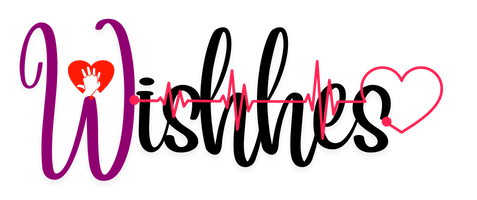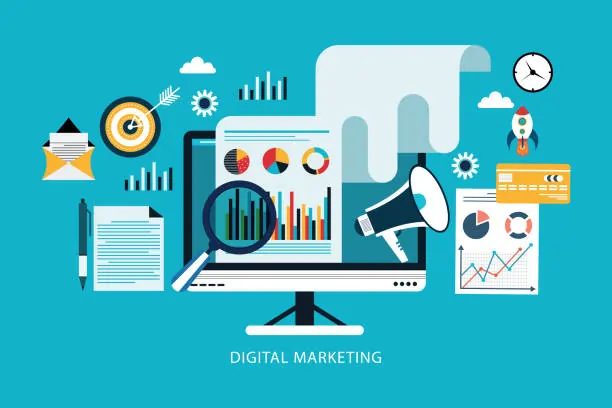Ever wonder why some workplaces feel energized while others seem stuck in a rut? The answer often lies in something surprisingly simple: how people acknowledge each other’s efforts. Recognition isn’t just about annual awards or big bonuses; it’s about the small, consistent gestures that make employees feel valued every single day. According to research, 80% of employees feel that meaningful recognition impacts job satisfaction.
This powerful statistic reveals just how crucial appreciation is to workplace happiness. When done right, employee recognition creates ripple effects that boost morale, increase productivity, and build stronger teams. It’s not complicated, but it does require intentionality and consistency.
Understanding Employee Recognition
Recognition works because it taps into basic human psychology. We all want to feel seen and appreciated for our contributions.
What Makes Recognition Effective
Effective recognition goes beyond generic praise. It’s specific, timely, and connected to actual accomplishments. Instead of saying “good job,” try “your presentation helped clarify the project timeline for everyone.” This specificity shows you were paying attention and makes the recognition feel genuine.
Companies that get this right often invest in the best employee recognition software to streamline their appreciation efforts. These platforms help managers track achievements, send personalized messages, and ensure no one’s contributions go unnoticed. The technology supports the human element rather than replacing it.
The Science Behind Appreciation
When someone receives recognition, their brain releases dopamine, the same chemical associated with pleasure and motivation. This neurological response creates a positive feedback loop. Employees who feel appreciated are more likely to repeat behaviors that earn recognition, creating a cycle of improved performance.
Employee appreciation also strengthens social bonds within teams. When people feel valued, they’re more likely to collaborate effectively and support their colleagues. This creates a positive work environment where everyone benefits.
Common Recognition Mistakes
Many organizations stumble by making recognition too formal or infrequent. Waiting for annual reviews to acknowledge good work means missing countless opportunities to boost morale. Another common mistake is treating all employees the same way. Some people love public recognition, while others prefer private acknowledgment.
Generic recognition can backfire. If every achievement gets the same response, people start to question whether their efforts truly matter. The key is matching the recognition to both the achievement and the person receiving it.
Simple Gestures That Make a Difference
Small actions often create the biggest impact. You don’t need elaborate programs to show appreciation effectively.
Personal Thank You Notes
Handwritten notes might seem old-fashioned, but they pack surprising power. A manager who takes two minutes to write a specific thank you creates something tangible that employees often keep for years. These notes show that someone took time from their busy schedule to acknowledge specific contributions.
For remote teams, birthday e-cards and online birthday cards serve similar purposes. They show that managers remember important personal moments, not just work achievements. This personal touch strengthens relationships and makes employees feel valued as individuals.
Public Acknowledgment
Sharing appreciation publicly amplifies its impact. When you recognize someone in front of their peers, you’re not just making one person feel good—you’re showing the entire team what behaviors are valued. This creates clarity about expectations while boosting the recognized person’s reputation.
Group birthday cards work particularly well for milestone celebrations. When colleagues collaborate on a digital card, it demonstrates team unity and shared appreciation. These collective gestures often mean more than individual recognition because they show peer support.
Celebrating Milestones
Work anniversaries, project completions, and personal achievements all deserve acknowledgment. These celebrations don’t need to be elaborate; sometimes a team lunch or a mention in the company newsletter is enough. The key is consistency and authenticity.
Digital celebrations have become increasingly important as teams become more distributed. Online birthday cards and virtual celebrations help remote workers feel included in team traditions. These tools bridge physical distance and maintain personal connections.
Digital Solutions for Modern Recognition
Technology has transformed how we show appreciation, making it easier to recognize contributions across time zones and locations.
Online Recognition Platforms
Modern employee recognition software offers features that streamline appreciation efforts. These platforms can track achievements, send automated reminders for important dates, and provide analytics about recognition patterns. They ensure that appreciation becomes systematic rather than sporadic.
The best platforms integrate with existing workflows, making recognition feel natural rather than forced. They also provide various recognition formats from simple badges to detailed peer nominations, giving managers flexibility in how they show appreciation.
Digital Celebrations and Cards
Online birthday cards and celebration tools have evolved beyond simple digital greeting cards. Modern platforms allow team members to contribute photos, videos, and messages, creating collaborative celebrations that feel personal and meaningful.
These tools are particularly valuable for distributed teams. A group birthday card can include contributions from colleagues across different continents, making the celebration feel unified despite physical distance. The technology enables a connection that wouldn’t be possible otherwise.
Integration with Workflow
The most effective recognition tools integrate seamlessly with existing workplace applications. When recognition features are built into project management tools or communication platforms, they become part of daily workflows rather than separate tasks.
This integration ensures that appreciation happens naturally as work progresses. Team members can recognize contributions immediately rather than waiting for formal review periods. This immediacy makes recognition more meaningful and effective.
Building a Recognition Culture
Creating lasting change requires more than individual gestures; it demands cultural transformation.
Leadership’s Role
Leaders set the tone for recognition of culture. When executives regularly acknowledge contributions, it signals that appreciation is valued throughout the organization. This top-down modeling encourages managers at all levels to prioritize recognition.
However, leadership recognition works best when it’s informed and specific. Generic praise from executives can feel hollow. Leaders need systems that help them understand team achievements so their recognition feels authentic and earned.
Peer-to-Peer Recognition
Colleague recognition often carries special weight because peers understand the daily challenges of specific roles. Creating systems that enable peer appreciation helps build stronger team relationships and distributes recognition responsibility beyond just managers.
Peer recognition also helps identify contributions that managers might miss. Team members working closely together often see efforts that don’t appear in formal reports but significantly impact team success.
Measuring Impact
Successful recognition programs track their effectiveness through employee surveys, retention rates, and engagement metrics. This data helps organizations understand what types of recognition resonate most with their teams and where improvements are needed.
Regular measurement also helps maintain momentum. When leaders see concrete evidence that recognition improves outcomes, they’re more likely to continue investing in appreciation efforts.
Making Recognition Work for Your Team
Employee recognition doesn’t require massive budgets or complex systems. It requires consistency, authenticity, and attention to what makes each person feel valued. Whether you’re using employee recognition software or simple handwritten notes, the key is making appreciation a regular part of your team’s culture.
The most successful recognition efforts combine personal gestures with systematic approaches. They use technology to support human connection rather than replace it. When you get this balance right, simple gestures create a lasting impact that transforms workplace culture and drives sustained success.
Your Questions About Employee Recognition Answered
How often should managers recognize employee contributions?
Recognition should happen regularly, not just during formal reviews. Weekly acknowledgments for smaller contributions and monthly recognition for significant achievements create a consistent appreciation rhythm.
What’s the difference between recognition and rewards?
Recognition focuses on acknowledgment and appreciation, while rewards involve tangible benefits. Both are important, but recognition often has a more lasting impact because it addresses emotional needs.
Can recognition programs work for remote teams?
Absolutely. Digital recognition tools, virtual celebrations, and online appreciation platforms can effectively connect distributed teams and maintain recognition culture across distances.
Also Read-What is a procure-to-pay (P2P) system? A beginner’s guide for businesses




